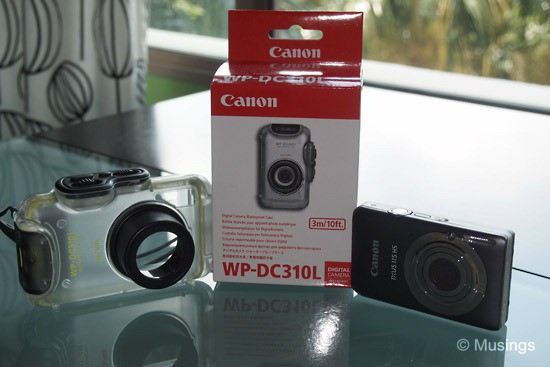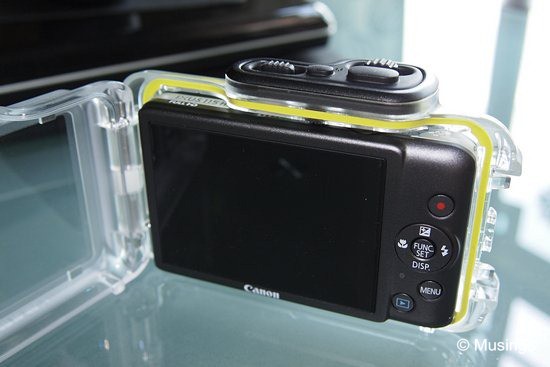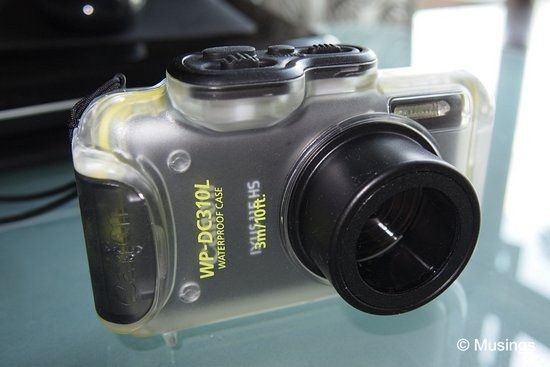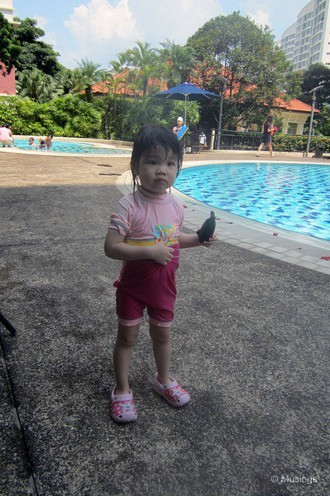The WP-DC310L waterproof case for my Canon IXUS HS115 arrived from Korea a few days ago, and after a quick water immersion test at home to see if the waterproof seals were all working, it got brought out shortly thereafter for its first ‘field test’ – and the camera and case passed with flying colors. Photos were in the previous post too.



One disadvantage of using waterproof cases though is the condensation that gradually develops inside the casing. Basically, the camera – like any other electronic gadget – generates heat. The water outside the casing is cold. After the IXUS had been used for about 20 minutes, heat built up to a point where it warmed the air pockets inside the case, causing a bit of condensation to form at the case’s front lens. This basically resulted in pictures that initially had a bit of a blob, and eventually washed-out colors along the entire frame, e.g. like this one:

The picture above should had been as well-exposed as the others during our swim session. Lesson learnt now though: have to try to keep the camera either on STANDBY or auto power off when not in use to try to keep condensation from forming.
Recent comments